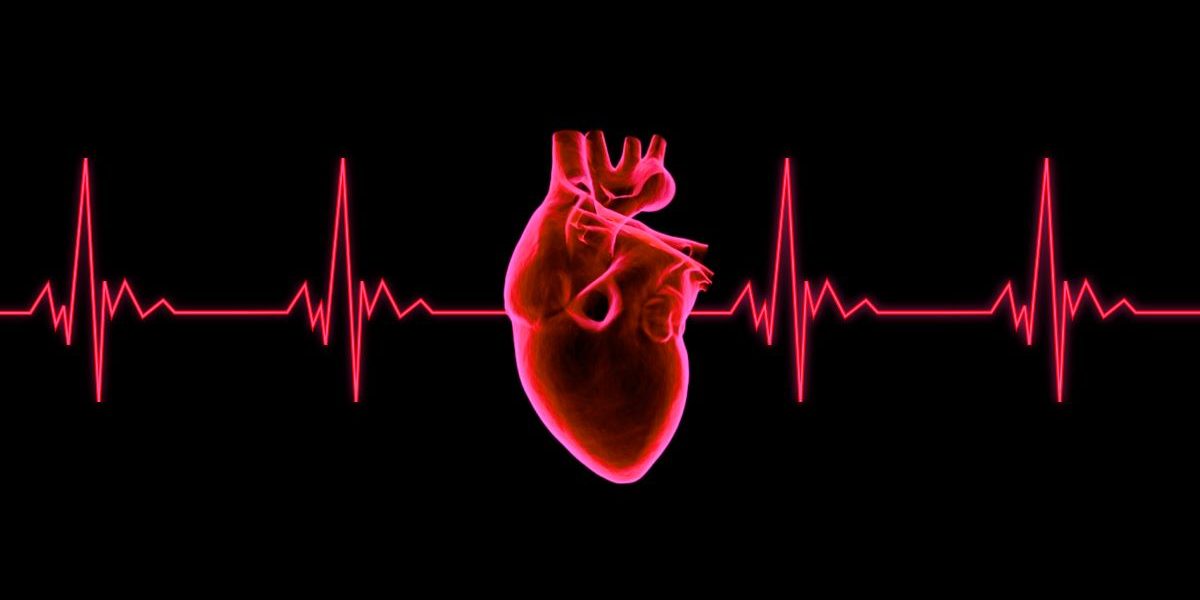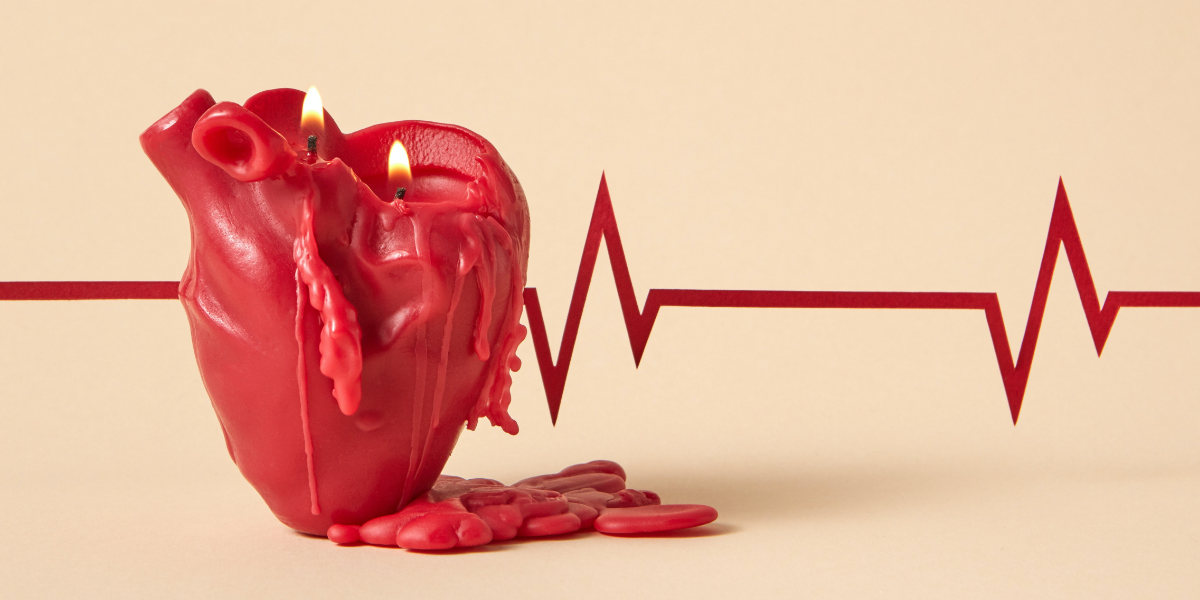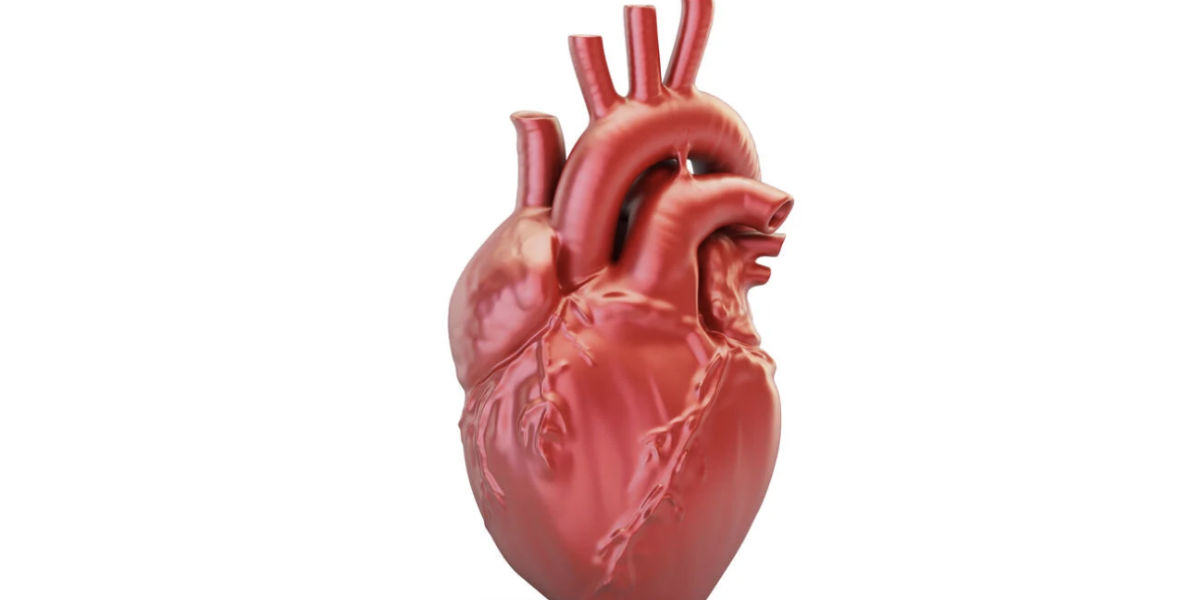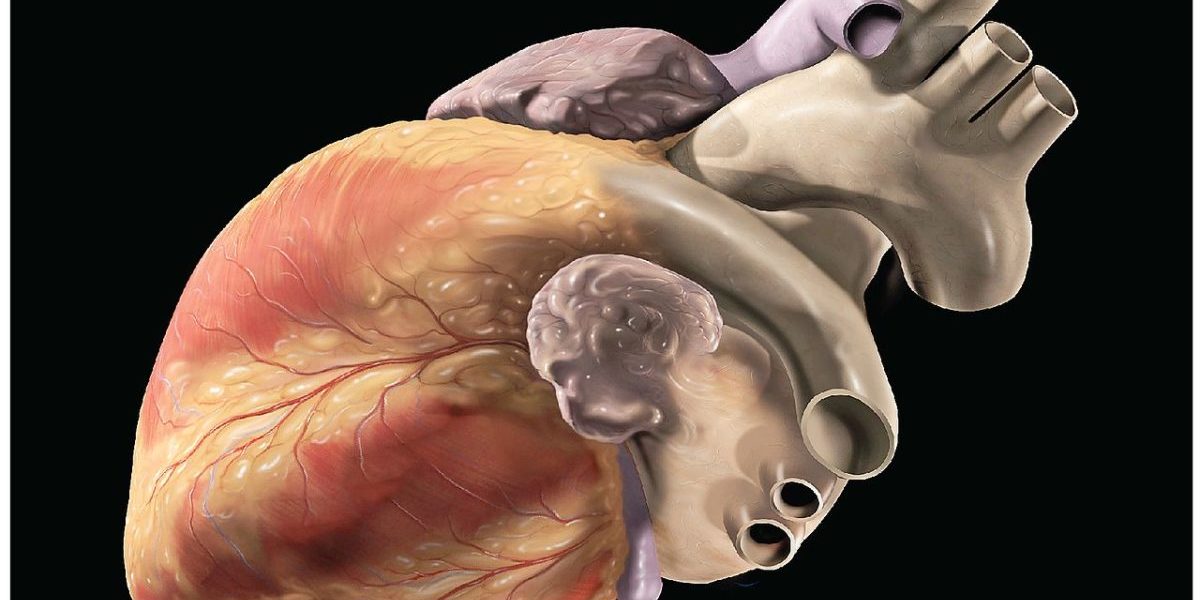Development of faster, more agile military aircraft is dependent on not only materials, fuel, and cost, it relies on pilots. Today, military aircraft force pilots to push their limits, constantly subjecting them to high G-forces, which can lead to hypoxia. Hypoxia occurs when the body does not get enough oxygen, causing symptoms that include unconsciousness, headaches, and tunnel vision.
Continue reading “Pulling G’s: The Forces that cause Fighter Pilots to go Unconscious Mid-Flight”Tag: heart and the cardiovascular system
The Hidden Forces Behind Sickle Cells
Sickle cell disease is one of the most inherited blood disorders with around 100,000 people affected in the United States and millions more worldwide. Essentially, it is recognized by red blood cells (RBCs) that change from their flexible, biconcave shape to a rigid, sickle-like shape. But how do sickle cells affect blood flow and contribute to serious complications?
Continue reading “The Hidden Forces Behind Sickle Cells”Using Vacuum Pressure to Heal Stroke & DVT Patients
Blocked blood vessels
Strokes are the 2nd leading cause of death worldwide. An estimated 795,000 people suffer a stroke every year in the United States. A stroke occurs when a blockage in a blood vessel leads to disruption or blockage of blood flow to the brain. Also, an estimated 350,000 people every year in the US suffer a deep vein thrombosis, which is when a blood clot forms in the deep veins often in the lower extremities. Venous clots can travel up the legs into the lungs or other vital organs, where they can become extremely dangerous or even fatal. When a blood vessel in a vital organ becomes occluded, blood flow must be restored as quickly as possible to return the patient to health.
There are two main procedural methods for removing blood clots from blocked arteries and veins: using tooling to extract the clot mechanically or using pressurized instruments to suck the clot mass out. Suction thrombectomies, also known as aspiration thrombectomies, are becoming more common because they have higher success rates of patient recovery.
READ MOREUnder Pressure – How Underwater Environments Affect SCUBA Divers
SCUBA diving allows for the exploration of new environments, but with these environmental changes comes a danger. With over 2 million recreational divers and 3,000 commercial divers in the United states, it is important to understand these dangers and improve diver safety. As depth and pressure increase, the force exerted on the body increases at a rate of 1 atmosphere per 33 feet. The body itself is fairly good at withstanding this pressure. The danger comes from its effect on gasses inside the body. Compressed air takes up less volume for the same amount of matter, meaning that it takes more air to fill the lungs at depth, causing divers to go through air faster than they would at the surface.
Continue reading “Under Pressure – How Underwater Environments Affect SCUBA Divers”Live fast die young: Rate of Living Theory
The rate of living theory proposed by Max Rubner (1908) suggests that animals have a finite number of heartbeats till they die. The initial observation was that the large animals which have slower RHR (resting heart rate) live more than small animals which have faster RHR. Taylor (1980) explained this phenomenon with the “cost of generating force” hypothesis which suggests the amount of oxygen consumed by running animals is proportional to their weight. It was stated that producing one newton of force on the ground is more costly for smaller animals than for bigger ones because smaller animals must take shorter steps using faster, less economical muscle fibers than bigger animals do. Additionally, their larger area and volume ratio causes them to lose more heat. Therefore, small animals require more oxygen (per kg of body mass) to be delivered to the tissues in the body. However, the total number of heartbeats of most animals -large or small- tends to be approximately the same, around a billion, and humankind is stated as the exception with 2.24 billion heartbeats. Anyhow, if we consider it in terms of broad orders of magnitude, there does appear to be a tragic connection between living quickly and passing away soon for all species, large and small.
Read moreGrowth in Growing Heart Valves
Take a look at the biology, anatomy, and the mechanics of the heart, and learn about the current state of replacement heart valve technology.
Runner’s High (with guest speaker Emily Nist)
A discussion about the biomechanics behind running at altitude, including the effects of altitude on the body, how to combat it, and how to utilize it to enhance running performance.
An Exploration Into The Growth Of The Heart As A Result Of Certain Exercise
Have you ever wondered what happens to your heart when you begin to consistently exercise? How does the heart change and why? Well, the answer may not be very complicated.
During intense exercise, our heart is put under stress as it has to rapidly pump blood throughout the body. The heart often responds to this by increasing its size, but it does not do this like our other muscles. The heart has to add mass to its existing cells instead of adding new cells as we only have a limited amount of cardiac muscles; the amount we are born with is all we have. The health of our hearts is important. In the US, heart disease and injury are the number 1 cause of death. So, it is in our best interests to learn more about our health so as to minimize our risks of heart-related ailments.
Continue reading “An Exploration Into The Growth Of The Heart As A Result Of Certain Exercise”Work Smarter Not Harder!
We have all likely heard the saying, “Work smarter not harder.” While this is generally referenced in an academic setting, it is also very applicable in athletics! One of the benefits to being a runner is that it’s a sport people can participate in at any age and nearly anywhere. Unfortunately, however, anywhere from 65-80% of runners get injured in a given year. A large portion of these injuries are related to overuse.
Continue reading “Work Smarter Not Harder!”Not Everyone Breathes While they Sleep: The Dangers of Sleep Apnea
You might think that breathing in our sleep should come naturally – if breathing and sleeping are both physiologically necessary, then we must be able to do them simultaneously right? Unfortunately, almost a quarter of middle-aged American men and nearly 10% of women suffer from sleep apnea, a chronic condition characterized by repeatedly stopping breathing while sleeping. The clinical symptoms seem rather benign – snoring, sleepiness, fatigue during the day or other issues sleeping. However, by far the most dangerous aspect of this disease is that it puts patients at increased risk of high blood pressure, stroke, coronary heart disease, as well as occupational and/or automobile accidents. Over the last several decades, a variety of therapy options have been studied to treat this condition, ranging from drugs to masks to surgery.
Continue reading “Not Everyone Breathes While they Sleep: The Dangers of Sleep Apnea”







